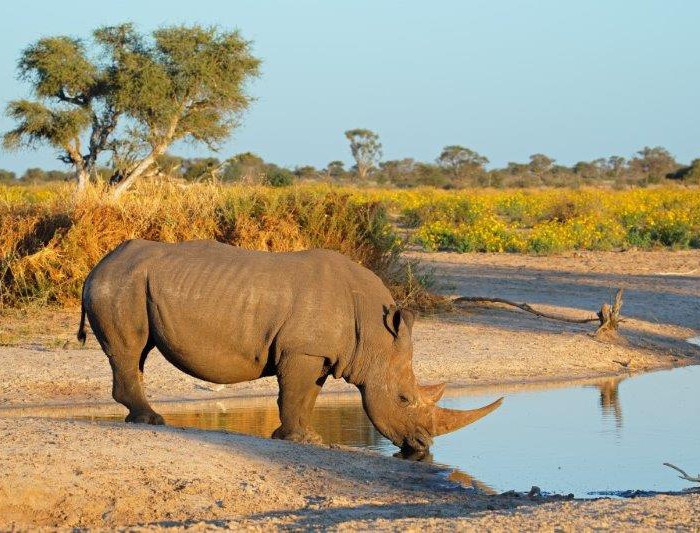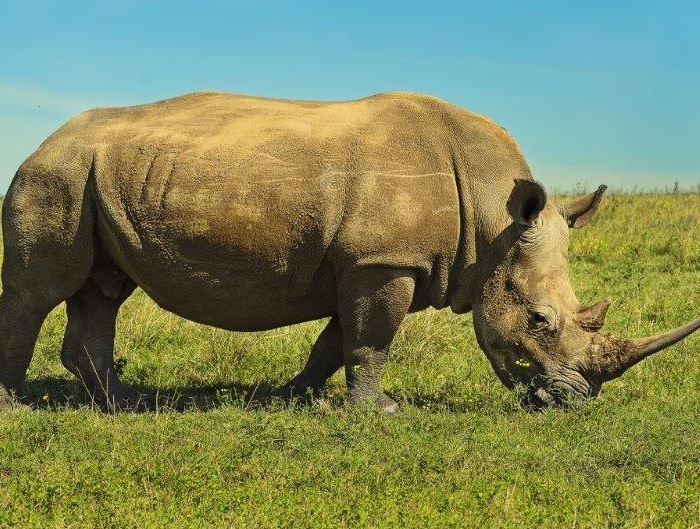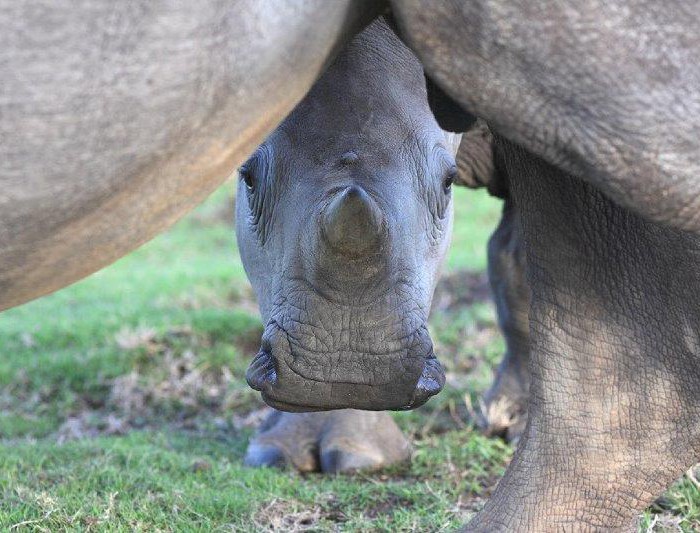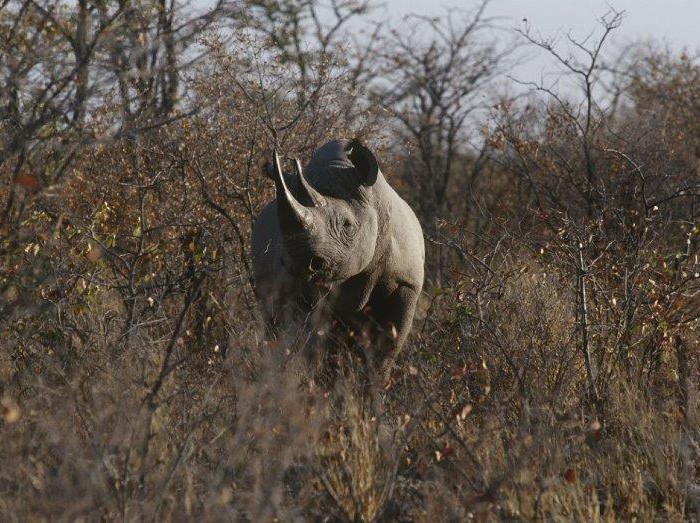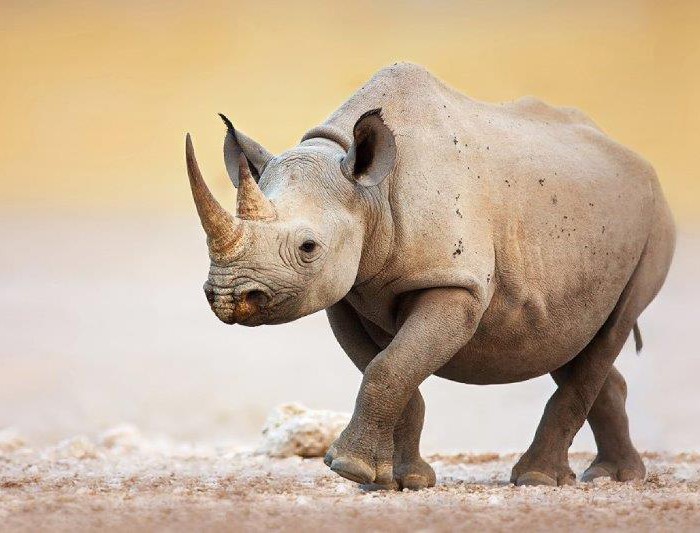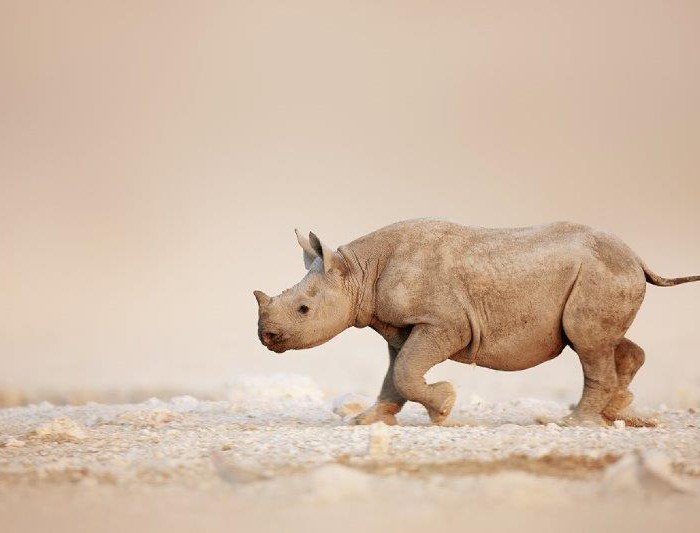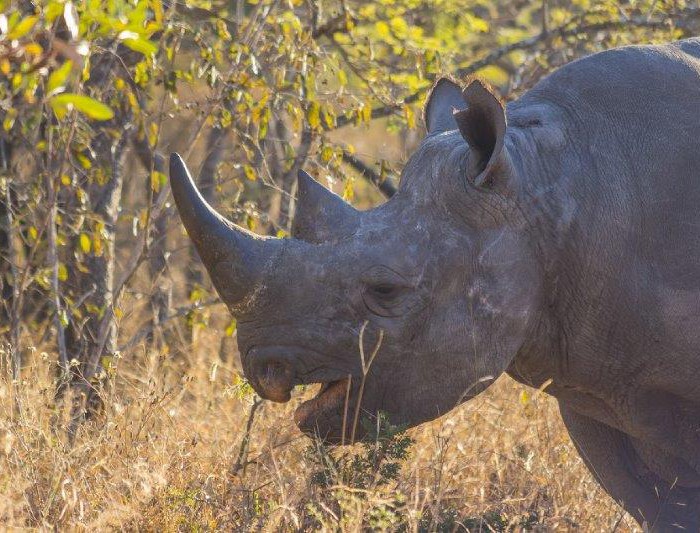Rhinos are unmistakable mega-herbivores from southern Asia and Africa. In all there are 5 species worldwide with two native to Africa, the white rhino which is twice as bulky as the black rhino.
All rhinos are in danger of becoming extinct in the wild, in fact due to poaching this could happen by 2020. In 2007 13 rhinos were poached for their horn in South Africa. The following year this surged to 83 and in 2013 1,004 were killed.
Rhino horn is used in East Asia for ornamental or traditional medicinal purposes. Rhino horn is made of keratin, the same type of protein which make up our finger/toe nails and hair. For more rhino facts please visit the white rhino and black rhino pages.
The rhino is one of the Big Five. To find out how this term came about and the other four animals that make up the Big Five please check out our article: 25 astonishing facts about Africa’s Big 5.
The difference between black and white rhinos
This video covers the three biggest differences between black rhinos and white rhinos. Video length: 3 minutes 8 seconds. Video Source: Care for Wild
Vote for the fact you find most fascinating
When fleeing from danger a white rhino’s calf will often run ahead of its mother whereas a black rhino calf will usually follow behind.
A rhino’s hearing is very good. This is aided by ears which rotate independently of one another to detect sound. Even during sleep its ears will instinctively move in different directions to detect the sound of possible danger.
Horns first evolved in the dinosaurs and then in rhinos.
Rhino horn is made of keratin, the same stuff as our finger and toe nails. This grows at between 2 and 7 cm a year. Like hair, rhino horn is not attached to the bone but grows from the skin.
Following a mud wallow rhinos will visit a rubbing post such as a termite mound, tree, log or rock to rub the dried mud off along with any dead parasites. Such is the regular use of these posts they can become highly polished.
To compensate for its poor eye sight, rhinos have an exceptionally good sense of smell. This is reflected by their huge nasal cavity.
In 2007 roughly 20 rhinos were poached for their horn. The following year this surged to 83 and in 2013 1,004 were killed. If poaching continues at its current rate rhinos will be extinct in the wild by 2020.
Whilst rhinos wallow in muddy pools terrapins will eat parasites such as ticks off their skin.


